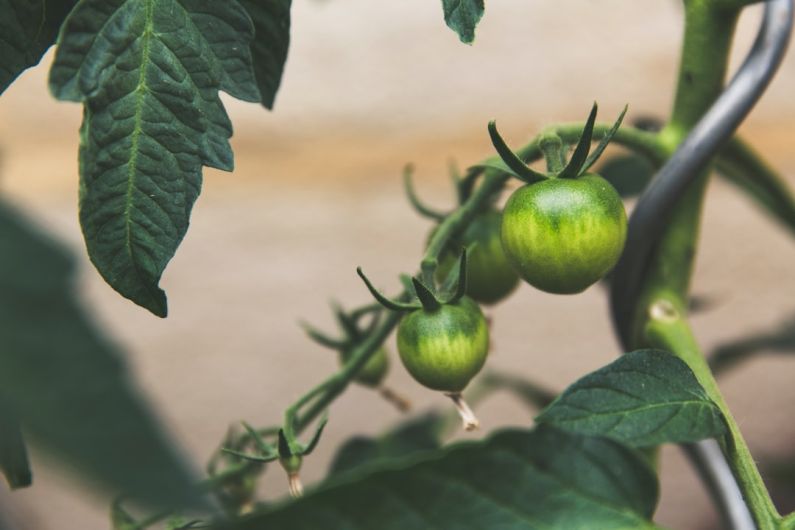How to Grow Colorful Plants in Shady Areas
Shady areas in your garden can be a challenge when it comes to growing plants that add a burst of color. However, with the right knowledge and selection of plants, you can transform those dimly lit spots into vibrant and lively areas. In this article, we will explore some tips and tricks to help you grow colorful plants in shady areas.
Understanding Shade
Before diving into the specifics, it is important to understand the different types of shade. Full shade refers to areas that receive no direct sunlight at all, while partial shade refers to spots that receive a few hours of sunlight each day. It is crucial to determine the level of shade in your garden, as it will dictate the types of plants that will thrive in those conditions.
Choosing the Right Plants
When it comes to selecting plants for shady areas, opt for those that are specifically adapted to low light conditions. Here are some colorful options to consider:
1. Impatiens: These annual flowers come in a wide range of vibrant colors and are well-suited for shady areas. They require minimal maintenance and bloom throughout the summer.
2. Hostas: Known for their stunning foliage, hostas are shade-loving plants that come in various shades of green, blue, and even variegated patterns. They add texture and interest to any garden.
3. Coleus: With its colorful leaves, coleus is an excellent choice for shady areas. It comes in a variety of hues, from deep purples to bright yellows, and can tolerate both full shade and partial shade.
4. Astilbes: These perennials produce feathery plumes in shades of pink, red, and white. They thrive in moist, shady areas and are perfect for adding vertical interest to your garden.
5. Heucheras: Also known as coral bells, heucheras are prized for their striking foliage colors, which range from rich burgundy to lime green. They can tolerate both shade and partial sun.
Preparing the Soil
To ensure your plants thrive in shady areas, it is important to prepare the soil properly. Shady areas tend to have poor soil drainage, so amend the soil with organic matter such as compost or peat moss to improve its texture and drainage. This will help prevent waterlogged soil and ensure that your plants receive the nutrients they need.
Providing Adequate Watering
Shady areas often have higher humidity levels and retain moisture for longer periods. While this can be beneficial for some plants, it can also lead to fungal diseases and root rot. To prevent these issues, make sure to water your plants appropriately. Water deeply but infrequently, allowing the soil to dry out slightly between waterings. This will help promote healthy root growth while reducing the risk of diseases.
Mulching
Applying a layer of mulch around your plants is essential to retain moisture and suppress weeds in shady areas. Use a natural mulch, such as shredded bark or wood chips, to help regulate soil temperature and conserve moisture. Avoid using plastic mulch, as it can trap excess moisture and promote fungal growth.
Conclusion: Adding Color to Shady Areas
Shady areas in your garden don’t have to be dull and lifeless. By carefully selecting shade-loving plants, preparing the soil, providing adequate watering, and applying mulch, you can grow a variety of colorful plants that will brighten up those dimly lit spots. Embrace the beauty of shade and transform your garden into a vibrant and inviting oasis.






